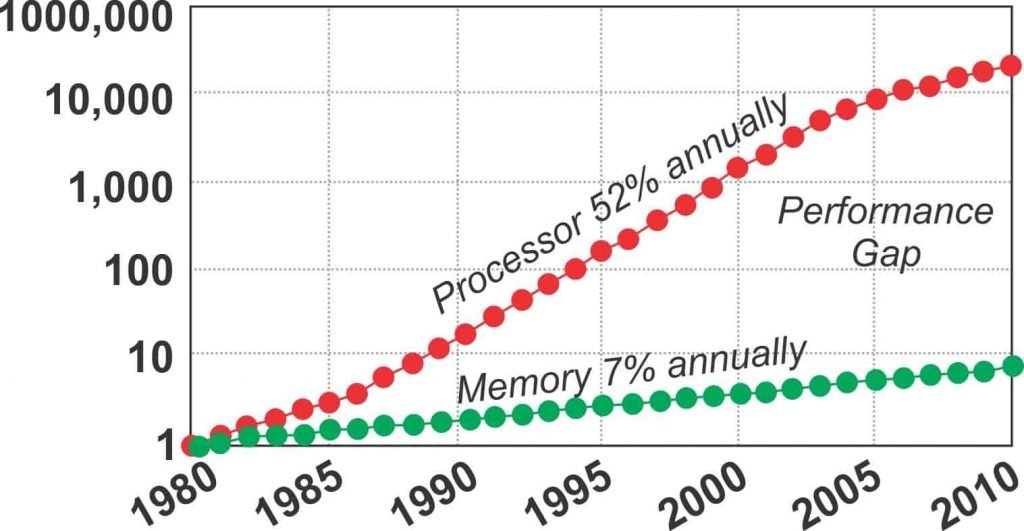Members of Wireless and Photon Systems and Networks Research Group (ERAFOS) of AUTh created the fastest RAM in the world, which stores light instead of electricity.
The researchers replaced the electronic memory with a corresponding circuit visualof random access RAM, which supports read speeds and enrollmentof data in the order of 10Gb/s (i.e. 10 billion bits in one second), achieving twice the speed of the fastest electronic memories RAM made by world-renowned IT companies such as Intel and IBM!

The research team consists of Dr. Christos Vagiona, the Dr. Theoni Alexoudi, the PhD Candidate Apostoli Tsakyridis, the Assistant Professor of the Department of Informatics of AUTh, Nikos Plero and the Associate Professor of the Department of Informatics of AUTh, Amalia Miliou.
The study was published in the prestigious journal Optics Letters (DOI 10.1364 / OL.44.001821), one of the largest scientific journals in optical technologies, issued by Optical Society of america. In addition, the international scientific journal "Optics and Photonics News magazine » published an extensive relevant article and hosted an interview with Dr. Ch. Vagionas (https://www.osa-opn.org/home/newsroom/2019/may/climbing_the_memory_wall%E2%80%9D/).
The scientific achievement, which is the product of a long-term effort of the AUTh research team that started in 2009, solves a long-standing computer problem, also known as the "Wall of Memory".
According to this, RAM speeds have been increasing for more than 30 years at a much slower rate than corresponding processor speeds, creating an ever-widening gap between CPU and RAM performance as the Processor it will have to "wait" to receive data from slow memory, as a result of which it cannot process it quickly and delays other processes.
The "heart" of optical RAM consists of fast optical switches, the equivalent of electronic transistors in photonics technology, interconnected in a standard optical arrangement of two states, "0" and "1", while a third optical switch controls whether to perform the Read or Write operation in the memory.
As light cannot be "trapped" spatially and therefore stored as easily as electrons and electronic memories, the team implemented a technique that utilizes two interdependent but different wavelengths: when the one wavelength dominates within the proposed device-memory, then forces the other to remain off, so by assigning the digits 1 and 0 to the two different wavelengths digital storage is achieved.
Even better performance is predicted in the future, as the research team intends to study optical memories of higher capacity, with multiple memory cells, which take advantage of the different wavelengths of light.
The innovative research ideas of the AUTh team are funded by the Hellenic Foundation for Research and Innovation (ELIDEK) and the General Secretariat for Research and Technology (GSRT) through the CAM-UP research projects. Scientific Officer Dr. Christos Vagionas) and ORION ("Optical Random Access Memories with low power consumption for fast response and high efficiency in computing environments", with Scientific Officer Dr. Theoni Alexoudi).
________________
- Opera GX: browser-only specialist
- AMD Ryzen 9 3950X third generation monster at 749 dollars
- Zippyshare closes the popular service?





